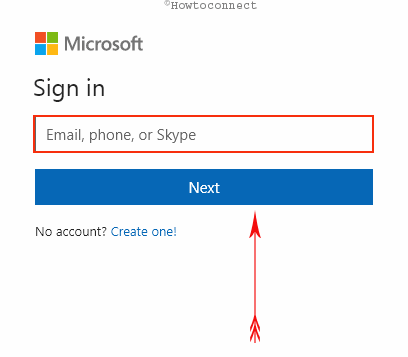

- #Change language in outlook email 2017 link update
- #Change language in outlook email 2017 link download
Rapid deployment of solar photovoltaics (PV), led by China and India, helps solar become the largest source of low-carbon capacity by 2040, by which time the share of all renewables in total power generation reaches 40%. The outlook for nuclear power has dimmed since last year’s Outlook, but China continues to lead a gradual rise in output, overtaking the United States by 2030 to become the largest producer of nuclear-based electricity. Natural gas use rises by 45% to 2040 with more limited room to expand in the power sector, industrial demand becomes the largest area for growth. Oil demand continues to grow to 2040, albeit at a steadily decreasing pace. In the absence of large-scale carbon capture and storage, global coal consumption flatlines. In India, the share of coal in the power mix drops from three-quarters in 2016 to less than half in 2040. Since 2000, coal-fired power generation capacity has grown by nearly 900 gigawatts (GW), but net additions from today to 2040 are only 400 GW and many of these are plants already under construction. Renewable sources of energy meet 40% of the increase in primary demand and their explosive growth in the power sector marks the end of the boom years for coal. Improvements in efficiency play a huge role in taking the strain off the supply side: without them, the projected rise in final energy use would more than double. Finally, WEO 2017 introduces a major new scenario – the Sustainable Development Scenario – that outlines an integrated approach to achieving internationally agreed objectives on climate change, air quality and universal access to modern energy.

A second focus, on natural gas, explores how the rise of shale gas and liquefied natural gas are changing the global gas market as well as the opportunities and risks for gas in the transition to a cleaner energy system. The report this year examines how China’s choices could reshape the global outlook for all fuels and technologies.
#Change language in outlook email 2017 link update
These changes provide the backdrop for the World Energy Outlook 2017, which includes a full update of energy demand and supply projections to 2040 based on different scenarios. Large-scale shifts include the rapid deployment and steep declines in the costs of major renewable energy technologies the growing importance of electricity in energy use across the globe profound changes in the People’s Republic of China’s economy and energy policy, moving consumption away from coal and the continued surge in shale gas and tight oil production in the United States.

This is particularly useful on smaller displays when you want a little more screen space while you read your emails.
#Change language in outlook email 2017 link download
The person could then decide whether she wanted to manually download the entire email. When hard drives were smaller, it was common to limit Outlook to downloading only email headers.

The Outlook client shows both information and shortcuts in the status bar.


 0 kommentar(er)
0 kommentar(er)
